The Defects Liability Period (DLP) is a specified timeframe in construction contracts during which the contractor is obligated to rectify any defects that emerge after the project’s completion. This period ensures that any issues related to workmanship or materials are addressed promptly, maintaining the quality and integrity of the construction.
Key Takeaways about Defects Liability Period (DLP):
The DLP is a contractual period post-completion for addressing construction defects.
It commonly lasts 12 months but can vary based on contract terms.
During this period, contractors must repair defects identified in their work.
The DLP provides a structured process for defect rectification without immediate legal action.
It benefits both property owners and contractors by ensuring quality and accountability.
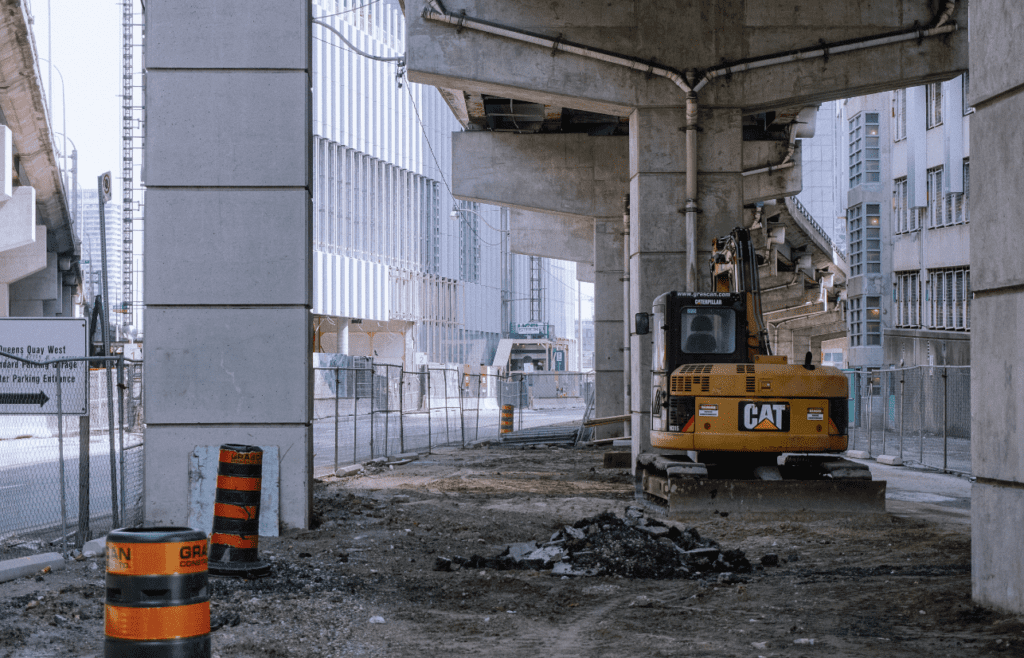
Introduction to Defects Liability Period:
In construction contracts, the Defects Liability Period (DLP) is a crucial phase that ensures any defects arising after project completion are addressed by the contractor. This period safeguards the interests of property owners and maintains the integrity of the construction process.
Purpose of the DLP
The DLP serves several important functions within a construction contract:
Quality Assurance: Ensures that any defects in workmanship or materials are rectified without additional cost to the owner.
Accountability: Holds contractors responsible for the quality of their work beyond the completion date.
Structured Rectification Process: Provides a clear timeframe for defect identification and rectification, reducing the likelihood of disputes.
Owner Confidence: Offers owners peace of mind regarding the quality and durability of the construction.
Industry Standards Compliance: Aligns with best practices for construction quality assurance.
Warranty Period: Acts as a warranty period where the contractor’s obligations extend beyond completion.
Property Value Maintenance: Helps in maintaining the value and safety of the property by ensuring defects are addressed promptly.
Contractor Reputation: Provides a mechanism for the contractor to demonstrate commitment to their work.
Project Success: Supports the overall success and reputation of construction projects and stakeholders.
By incorporating a DLP into construction contracts, both owners and contractors can ensure a systematic approach to addressing post-completion defects, fostering trust and upholding the project’s quality standards.

Duration of the Defects Liability Period
The length of the DLP is typically defined within the construction contract and can vary based on several factors:
Standard Durations: Standard contracts often prescribe a 12-month DLP.
Variations: Durations can range from 6 to 24 months, depending on project complexity and agreement.
Residential Projects: Residential building contracts may have shorter periods, such as 3 to 6 months.
Complex Projects: Complex engineering projects might specify longer DLPs, up to 36 months.
Negotiable Terms: The duration is negotiable and should reflect the nature of the work and potential for latent defects.
Long-Term Considerations: Longer DLPs may be appropriate for projects where defects may take time to become apparent.
Short-Term Considerations: Shorter DLPs might suffice for straightforward projects with minimal risk of defects.
Contract Clarity: The agreed-upon duration should be clearly stated in the contract to avoid disputes.
Statutory Requirements: Consideration should be given to statutory requirements and industry standards when determining the DLP length.
Mutual Agreement: Both parties should assess the project’s specifics to agree on a suitable DLP duration.
Determining the appropriate DLP duration requires careful consideration of the project’s scope, complexity, and the likelihood of defects emerging over time.
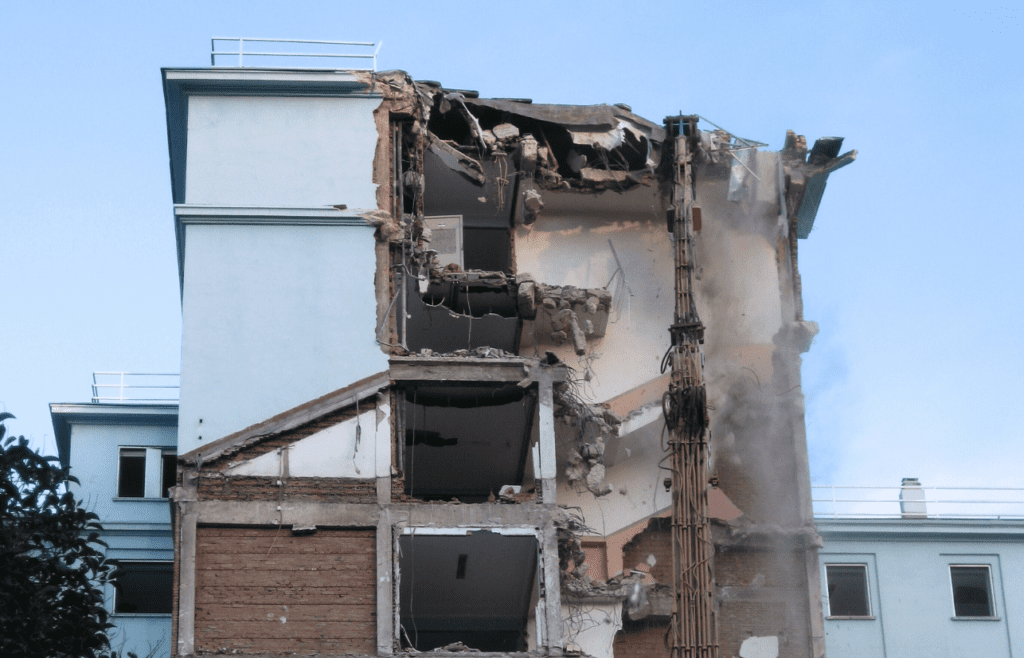
Commencement of the Defects Liability Period
The DLP typically begins upon achieving practical completion of the construction project.
-
Practical Completion Defined: Occurs when the construction work is completed and ready for use, except for minor omissions or defects that do not prevent occupation or use.
-
Owner Occupation: Marks the point at which the owner can take possession of the site.
-
DLP Initiation: Triggers the start of the DLP as specified in the contract.
-
Certification: Often involves the issuance of a certificate of practical completion by the project manager or architect.
-
Contractual Obligations: Indicates that the contractor has fulfilled major contractual obligations, aside from minor outstanding items.
-
Payment Release: Allows for the release of certain payments to the contractor, subject to contract terms.
-
Occupancy Rights: Enables the owner to occupy and use the premises while minor defects are being addressed.
-
Transition Phase: Provides a clear transition from construction phase to occupancy and defect rectification phase.
-
Assessment Opportunity: Serves as a milestone for both parties to assess the completion status and outstanding issues.
-
DLP Obligations: Forms the basis for commencing the DLP and associated obligations.
Understanding the concept of practical completion is essential, as it directly influences the initiation of the DLP and the responsibilities of both parties during this period.
- Contractual Obligations During the DLP
During the DLP, both the contractor and the owner have specific responsibilities to ensure that any defects are addressed appropriately:
Contractor’s Responsibilities:
Rectify defects identified during the DLP at no additional cost to the owner.
Attend site within a reasonable timeframe after receiving notice of a defect
Repair or replace faulty materials or poor workmanship
Ensure works are consistent with original contract specifications
Communicate clearly with the owner or superintendent about rectification timelines
Maintain site safety during defect rectification
Keep records of all defect notifications and rectifications completed
Engage appropriately licensed subcontractors or trades if required
Complete works to the satisfaction of the principal or contract administrator
Minimise disruption to the use or occupation of the property
Return for follow-up visits if defects reoccur during the period
The owner, on the other hand, is generally responsible for identifying defects and notifying the contractor in writing within the DLP timeframe. Both parties benefit from following a clear process to avoid disputes and ensure prompt, effective resolutions.
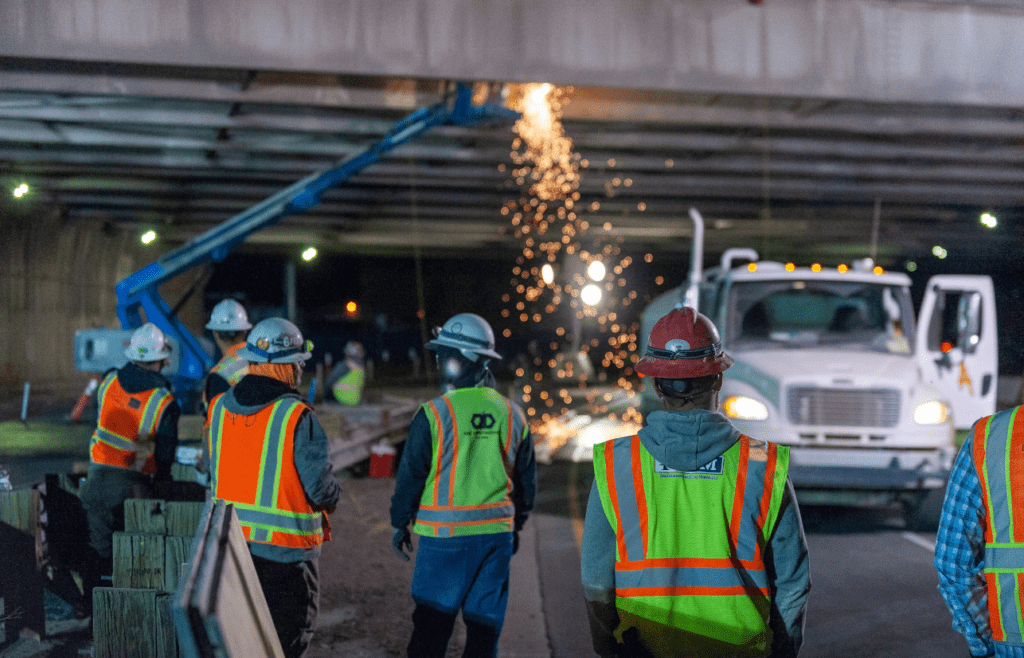
Identifying Defects
Defects are generally defined as aspects of the work that are not in accordance with the contract. These can range from minor issues to significant structural faults.
Defects may include poor workmanship, non-compliance with the building code, or the use of unsuitable materials
Cosmetic defects, like paint blemishes or scratches, can still be valid if they breach contract terms
Latent defects—those that were not reasonably detectable at completion—may not be covered under the DLP but could still be actionable under statutory warranties
Defects must usually be reported by the owner or superintendent in writing
Site inspections during the DLP help identify issues early
Some defects, particularly with mechanical systems or services, may only emerge over time
Regular property use during the DLP can assist in uncovering operational defects
The superintendent or contract administrator plays a key role in assessing and documenting defects
A clear record of reported issues and timelines supports enforcement of obligations
The definition of a ‘defect’ may vary depending on the contract used—such as AS 4000 or HIA standard contracts
A systematic approach to identifying defects helps avoid disputes and ensures that the intent of the DLP is fulfilled.
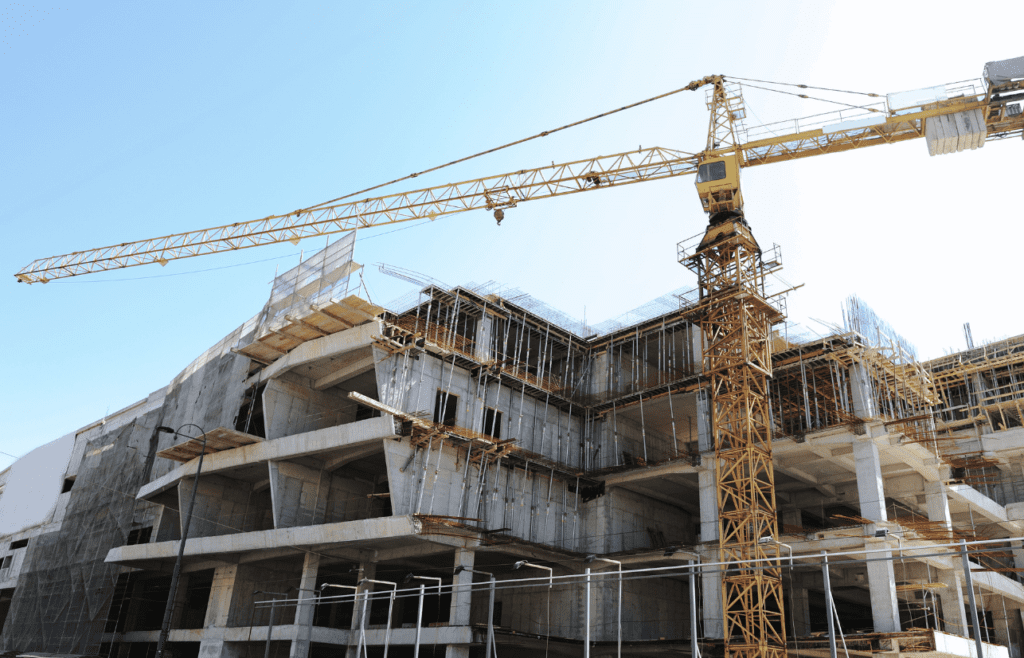
How to Notify a Contractor About a Defect
Notifying a contractor properly ensures there’s a formal record and initiates their obligation to rectify. This process must comply with the contract.
Written notification is usually required under most construction contracts
Include a detailed description of the defect and its location
Attach photographs or other evidence if possible
Specify a timeframe for rectification based on contract terms
Send the notice to the correct address or email, as stated in the contract
Keep a copy of all correspondence and delivery receipts
Ensure notices are sent before the DLP expires
Use templates if provided by the contract administrator
Engage the superintendent if the defect is disputed
Maintain professional and factual communication throughout
Proper notice protects the owner’s rights and gives the contractor a fair chance to meet their rectification obligations.

Rectification Process and Timeframes
Once a defect is notified, the contractor is usually required to fix it within a reasonable or specified timeframe.
Rectification timelines may be stated in the contract
If not, ‘reasonable time’ applies depending on the nature of the defect
Contractors must organise access to the site for rectification
Subcontractors may be engaged, but the main contractor remains responsible
The superintendent or contract administrator may inspect the works again
Works must be done to a satisfactory standard and in accordance with the original contract
Delays in rectification may entitle the owner to withhold part of the retention sum
If a contractor fails to rectify, the owner may engage others and recover costs
Extensions of time can apply in some situations if agreed in writing
Rectification works must also meet statutory building standards
Timely and effective rectification maintains trust between parties and supports the smooth finalisation of the project.
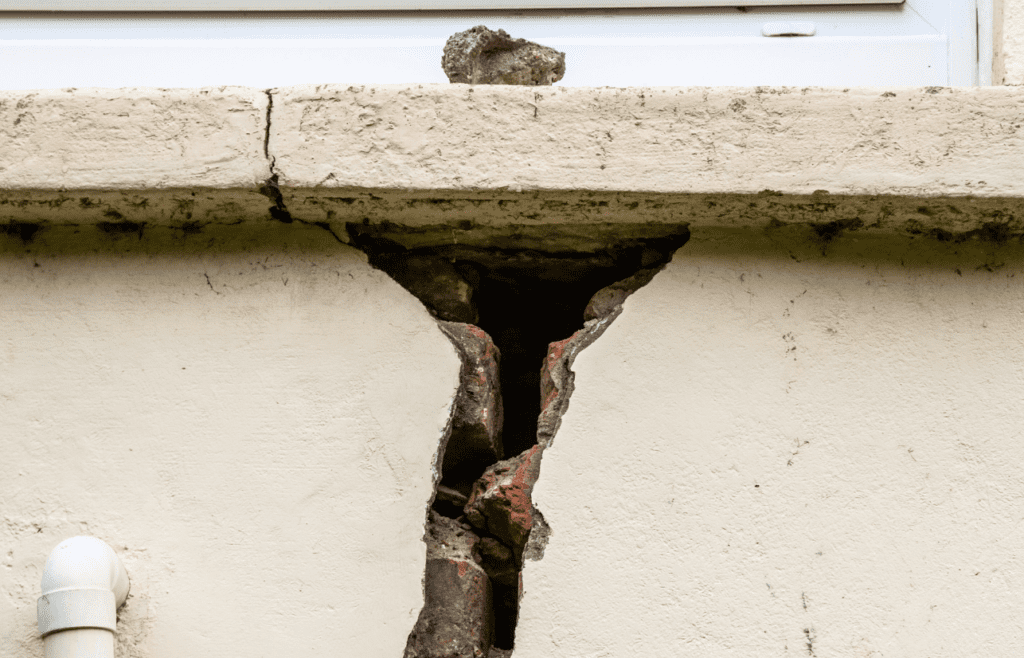
Security, Retention and the DLP
Security such as bank guarantees or retention moneys are a common mechanism used to secure the contractor’s obligations during the DLP.
Typically in Australia, 5% of the contract sum is retained during construction
Half is usually released at practical completion
The remaining half is held until the end of the DLP
This balance may be used to cover costs if the contractor fails to rectify defects
If no defects are identified, the remaining retention is released after the DLP ends
Retention amounts and release terms must be clearly stated in the contract
Security of Payment laws may regulate retention withholding and release
The contractor should not need to invoice for the release—it should be automatic if all conditions are met
Retention can be replaced with a bank guarantee or other form of security
Mismanagement of retention can lead to contractual disputes
Well-managed retention arrangements give owners leverage to ensure obligations are fulfilled while also protecting the contractor from unwarranted withholding.
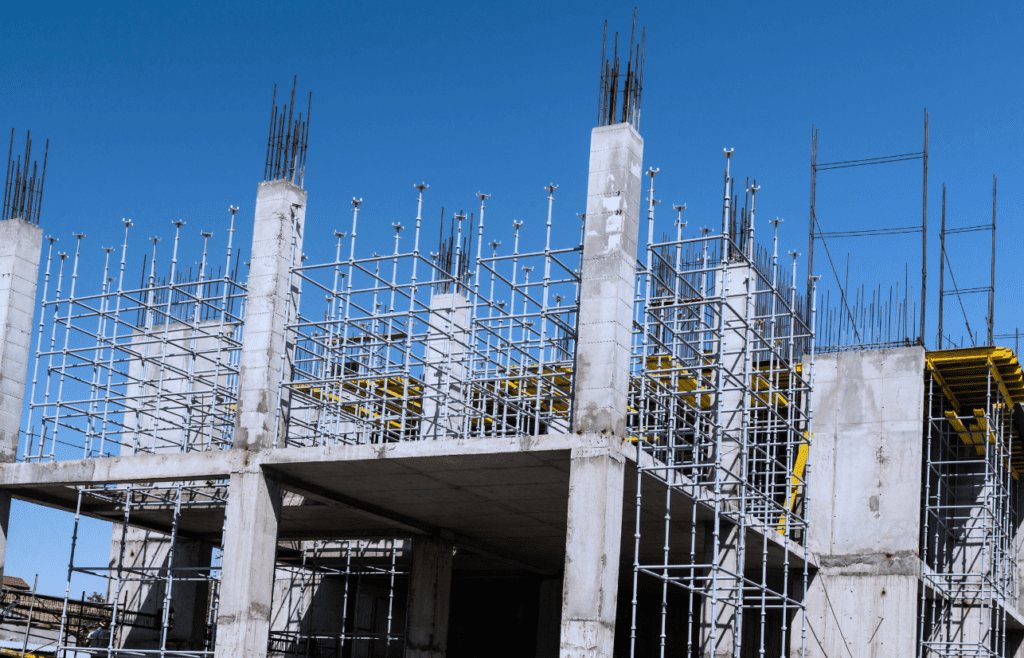
Relationship Between DLP and Statutory Warranties
The DLP does not replace legal rights under statutory warranties. Both systems can operate in parallel.
Statutory warranties are imposed by law and cannot be excluded by contract
In Queensland, statutory warranties are governed by the Queensland Building and Construction Commission Act 1991
Warranties cover structural integrity, compliance with laws, and fitness for purpose
They often extend beyond the DLP—typically up to six years for structural defects
Owners can pursue claims under warranties even after the DLP has ended
Contractors must still address issues under statutory rights regardless of the DLP’s expiry
The DLP provides a more immediate and structured process, but it’s not the only remedy
Disputes under statutory warranties may be taken to tribunals or courts
Homeowners should understand both timeframes to protect their position
Contractors should not assume that once the DLP ends, they are off the hook for liability
Understanding how the DLP and statutory warranties interact helps both parties plan for long-term responsibility.
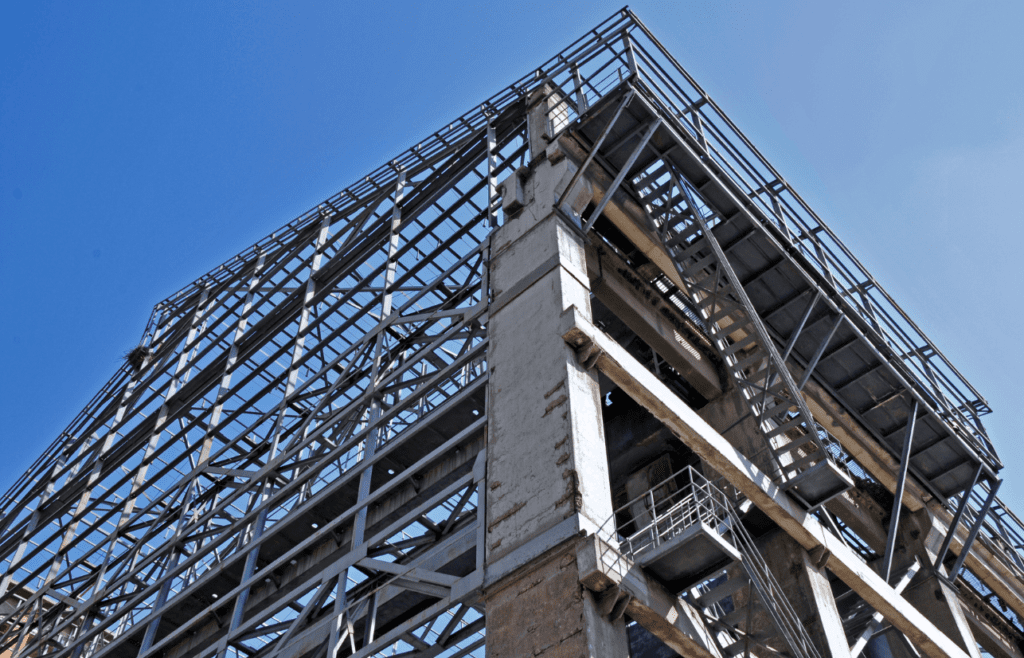
DLP for Subcontractors
Subcontractors are often bound by separate defect obligations to the main contractor.
Subcontract agreements may include back-to-back DLPs with the head contract
The main contractor remains responsible to the principal during the DLP
Subcontractors may be required to return to site if the defect relates to their work
Timing of the subcontractor’s DLP may align with or differ from the head contract
Head contractors should manage communication and notices to subcontractors carefully
Indemnities and warranties in subcontract agreements must align with defect obligations
Record keeping is crucial to identify the party responsible for a defect
Delays in subcontractor rectification can expose the head contractor to penalties
Contractors should ensure subcontractors are financially capable of fulfilling obligations
Insurance coverage for rectification work should also be checked
Managing subcontractor relationships during the DLP is essential for compliance and risk mitigation.
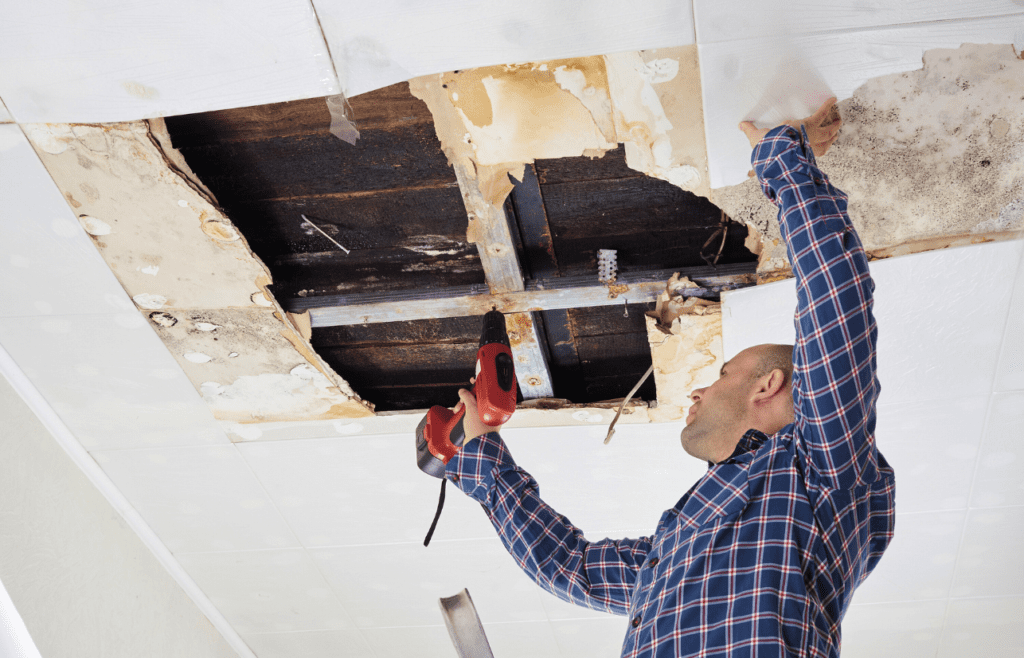
Latent Defects and Long-Term Risks
Latent defects are faults that only become apparent after the DLP ends. These present long-term challenges.
Latent defects may involve structural movement, waterproofing failure, or hidden corrosion
These defects are usually not detectable through reasonable inspection at completion
Legal liability can still apply under negligence or statutory warranties
The limitation period for legal action on latent defects is longer than the DLP—up to 6 or 10 years depending on State law
Builders may still be liable even if the project was signed off and certified
Insurance policies may cover certain latent defects if held by the builder
Building owners should monitor and document issues post-DLP
Early expert reports can help determine if a defect is latent and actionable
Contracts may include separate provisions for latent defects liability
Owners should seek legal advice if major faults appear after the DLP finishes
While the DLP helps manage known defects, latent defects still pose risks that require awareness and often legal advice.

Common Contract Clauses Covering the DLP
Most construction contracts include express clauses outlining the Defects Liability Period, which guide the obligations of all parties.
Australian Standards contracts like AS 4000 include detailed DLP clauses
The DLP clause usually identifies start date, duration, scope of defects, and process for rectification
Standard residential contracts, such as those from the Housing Industry Association (HIA) or Master Builders, also include DLP terms
The contract should state what constitutes a valid defect and how the notice must be served
Clauses may allow for extension of the DLP if further defects are found near the end of the period
Some contracts separate DLP obligations by trade or work area
Contracts may also set out procedures if the contractor fails to rectify within a reasonable time
Provisions should include access rights to allow the contractor to re-enter the property
Dispute resolution mechanisms during the DLP should be defined
Ensuring consistency between head and subcontract clauses reduces enforcement risk
Clear contract clauses prevent confusion and offer a roadmap for addressing defects fairly and efficiently.
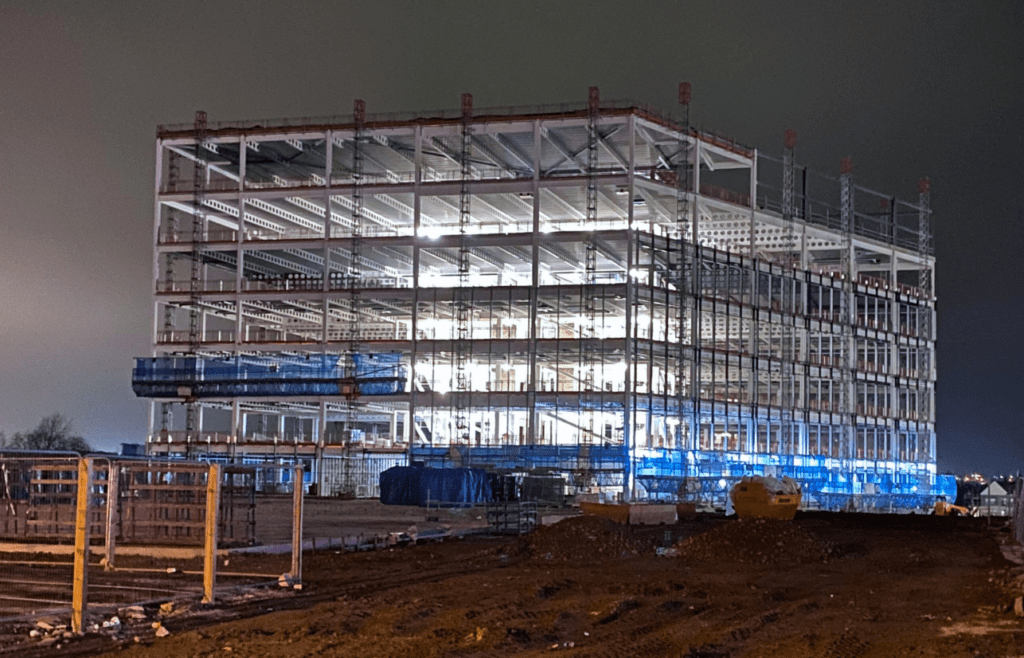
DLP and Project Handover
The transition from practical completion to DLP also marks the formal handover of the project to the client.
Handover occurs once the contractor achieves practical completion
The building is usually inspected during a joint walkthrough to identify outstanding items
A defects list (or punch list) is created during this process
Occupancy certificates or approvals are typically issued at this stage
Handover marks the point where the client begins using the premises
Insurance responsibilities often shift from contractor to client at handover
The DLP begins concurrently with project handover
Proper documentation at this point is vital for managing post-handover expectations
The project administrator may continue to act as intermediary during the DLP
Handover documentation should include warranties, manuals, and certificates of compliance
The handover process ties directly into the DLP, so careful attention ensures defects can be tracked and addressed efficiently.

DLP in Residential vs Commercial Projects
While the concept is the same, the application of the DLP differs slightly across project types.
Residential building contracts usually have shorter DLPs, commonly 3 to 6 months
Commercial contracts tend to use a standard 12-month DLP
Residential DLPs are often less formal, with simpler processes for defect notification
Commercial projects involve larger scopes and higher expectations of documentation and procedure
Contract forms and DLP clauses may differ between domestic and commercial sectors
Residential homeowners may rely more on statutory warranties if issues emerge
Commercial parties are more likely to enforce contractual obligations rigorously
Owner-builder and small contractor agreements may have minimal DLP provisions
Large commercial or infrastructure projects often impose strict reporting procedures
Regardless of type, the need for written notice and documented resolution applies across all projects
Understanding the nuances between project types ensures compliance and clear expectations during the DLP.
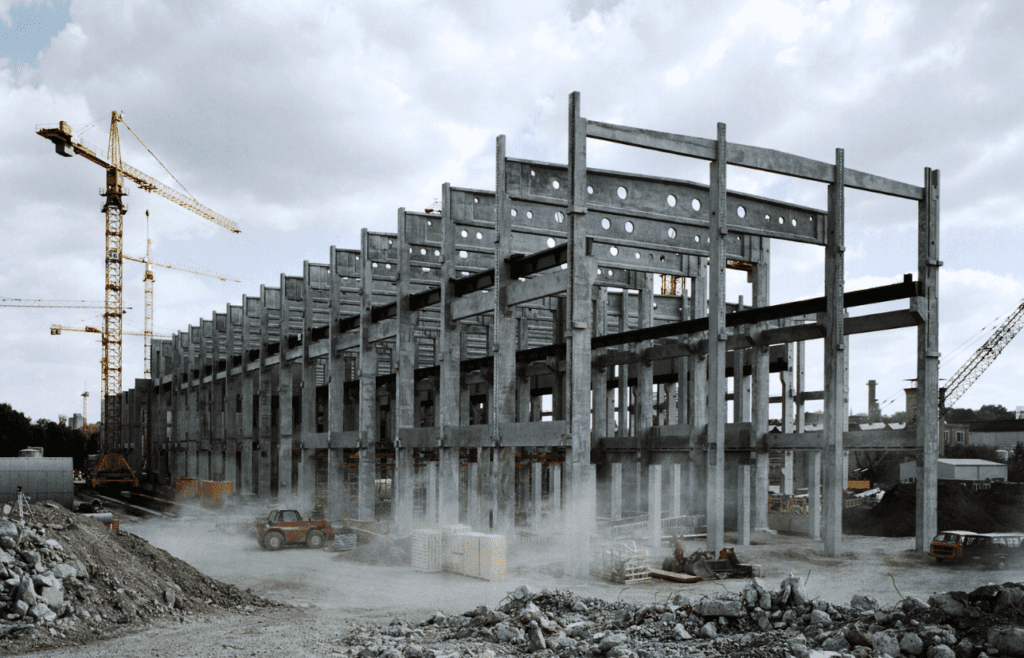
What Happens After the DLP Ends
Once the DLP expires, the contractor’s obligations shift, and the owner assumes full maintenance responsibility—unless a new defect arises under statutory law.
Any unreported defects after expiry may not be the contractor’s responsibility
The remaining retention sum is typically released
Warranties and guarantees continue according to their specific terms
The owner becomes responsible for ongoing maintenance
Insurance policies should be updated to reflect post-DLP coverage
Contractors may remain liable for latent defects under statutory warranties
Some contracts allow for a final site inspection at the end of the DLP
A final defects list may be issued if problems are found just before the period ends
Legal remedies may still be available under consumer law or building legislation
The DLP provides a practical closure phase, but it does not extinguish all rights
When the DLP ends, all parties should finalise records, ensure funds are released, and assess any remaining risks.

How to Manage the DLP Effectively
Good DLP management requires clear processes, timely action, and open communication.
Include specific and fair DLP terms in the initial contract
Educate owners and site managers about the DLP and notification requirements
Maintain detailed records of completion, inspections, and defects
Ensure access is arranged for timely rectification
Assign a point of contact for defect coordination
Use a tracking system for defects, status, and rectification actions
Communicate openly with contractors and owners to manage expectations
Address disputes early through the contract’s resolution process
Release retention only after verifying that all obligations are met
Prepare a DLP close-out report to document compliance
Strong DLP management protects the interests of both parties and contributes to project success.
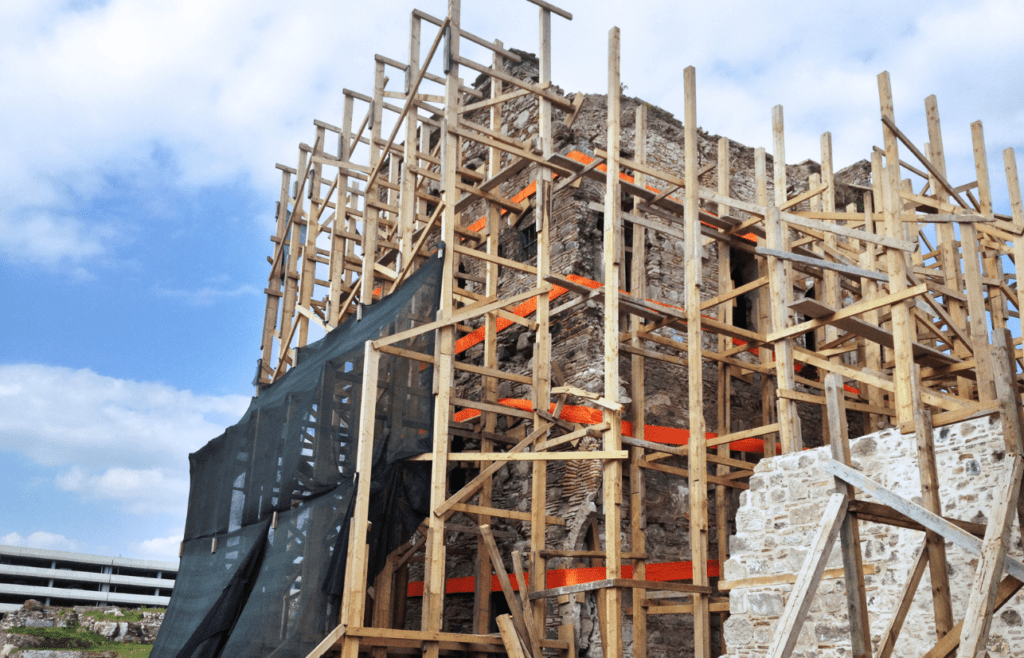
Conclusion
Understanding the Defects Liability Period helps ensure that post-construction issues are properly managed. A clear and enforceable DLP gives the owner peace of mind and gives the contractor a fair chance to rectify any legitimate issues. Whether you’re a property owner, builder, or subcontractor, knowing your rights and responsibilities during this period can prevent unnecessary disputes and protect the long-term success of your project.

FAQs
1. What is the Defects Liability Period in construction contracts?
The Defects Liability Period in construction contracts is a set timeframe after practical completion where the contractor is obligated to fix any defects identified in their work. This period is commonly included in contracts to protect the property owner and maintain construction quality.
2. How long is the Defects Liability Period?
The typical Defects Liability Period is 12 months, but it can be shorter or longer depending on the contract terms. Residential contracts often use 3 to 6 months, while commercial or infrastructure projects may specify up to 24 or 36 months.
3. When does the DLP start?
The DLP usually starts from the date of practical completion, which is when the work is substantially finished and ready for use. This is often confirmed by a certificate issued by the superintendent or contract administrator.
4. What kind of defects are covered under the DLP?
The kinds of defects covered under the DLP include non-compliant workmanship, use of incorrect materials, or unfinished works that don’t meet contract standards. Both minor and major issues may be included depending on the contract and project scope.
5. What happens if the contractor refuses to fix defects?
If the contractor refuses to fix defects during the DLP, the owner may engage another party to rectify the issue and recover the costs. Most contracts also allow the owner to withhold final retention payments in such cases.
6. Can latent defects be fixed after the DLP ends?
Latent defects can still be actionable after the DLP ends under statutory warranties or negligence laws. These are hidden problems that were not visible at the time of practical completion or during the DLP.
7. Is a DLP legally required in all building contracts?
A DLP is not legally required in all building contracts, but it is standard practice in most professionally prepared agreements. It acts as a safety net for both owners and contractors.
8. How do I notify a contractor about a defect?
To notify a contractor about a defect, write a formal letter or email that identifies the defect, its location, and any supporting photos. This notice should be sent before the DLP expires and in the format required by your contract.
9. What is the difference between DLP and statutory warranty?
The difference between DLP and statutory warranty is that DLP is a contract-based period for fixing known defects, while statutory warranties are legal protections that cover issues like structural failure or legal non-compliance over longer periods.
10. Does the DLP apply to subcontractors?
The DLP may apply to subcontractors if their agreement includes defect rectification terms. The head contractor is usually responsible to the client but can enforce defect obligations against the subcontractors.
11. What is practical completion and how is it linked to the DLP?
Practical completion is when the works are finished and ready for use, apart from minor items that don’t prevent occupation. This is the point at which the Defects Liability Period begins and the contractor’s post-completion obligations commence.

Relevant Articles
- Construction Law
- Construction Lawyer
- Construction Lawyer Brisbane
- Construction Lawyers Brisbane
- Construction Contract Review
- The Ultimate Guide to Construction and Contracting
- Indemnities, Insurances, and Limits of Liability in Construction Contracts
- Construction Contracts
- Construction Lawyers
- Construction Contract Management
- Construction Contract Administration
- Construction Contract Disputes
- Brisbane Construction Industry
- Construction Industry
- Construction Finance
- Negotiating Changes to a Signed Construction Contract
- Understanding Your Construction Contract
- Project Delivery Methods
- Risk Management in Construction Contracts
- Escalation Clauses
- Construct-Only Contract
- Liquidated Damages in Construction Contracts
- AS 4000-1997 Guide for Contractors
- AS 4000-1997 Guide for Principals
- Guide to AS2124-1994 – Australian Standard Conditions of Contract for Construct Only Projects
- Construction Contract Law
- Construction Contract Liquidated Damages
- Types of Construction Contracts
- Your Design and Construct Contract Explained
- Design and Construct vs Construct-Only
- Dealing with Construction and Building Materials in Your Contract
- Fixed Price Building Contract
- Latent Conditions: Dealing With a Latent Condition at a Construction Site
- DLP Meaning – What is the Defects Liability Period in Construction Contracts?
- Construction Contract Termination
- Construction Contract Templates
- Is a Cyclone a Force Majeure Event in a Construction Contract?
- Construction Contract Variations
- Teaming Agreement
- Strategies for Cost Control in Construction
- Guide to Construction Contracts in Australia
- Practical Guide to Your Building Contract
- Building Contract Law: Tips for Builders and Principals
- Security in Construction Contracts: Bank Guarantees and Retention Moneys
- Time Cost Quality: Mastering the Project Management Triangle







